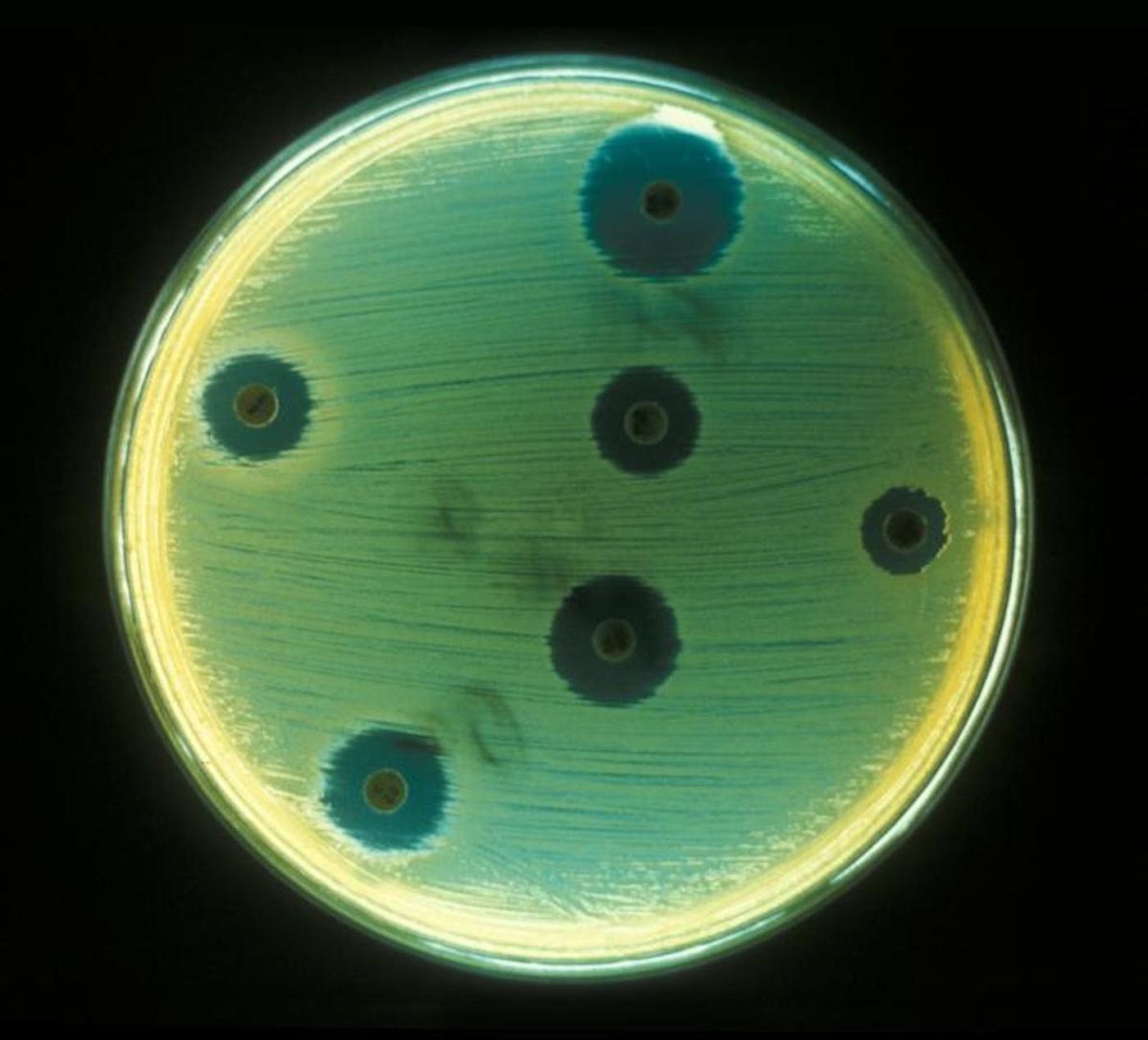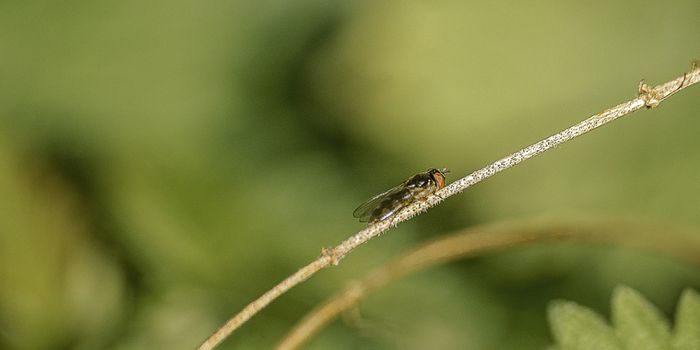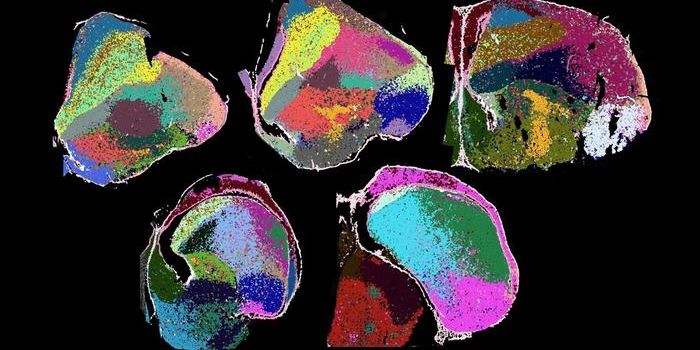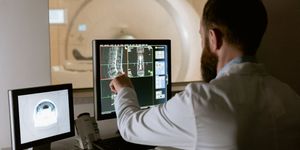A CRISPR-Based Technique to Make New Antibiotics
There are many bacterial organisms, and they can live cooperatively, or they can battle one another. They are also capable of evolving. These microbes can easily share genetic material, produce antibiotics to fight other bacteria, or find ways around the common antibiotics we use to cure or ward off bacterial infections. There is also a constant threat posed by emerging bacterial pathogens. So new antibiotics are desperately needed, but they can be difficult to develop. Researchers have now found a way to use the CRISPR gene editor to engineer biochemical pathways in microbes. These pathways involve molecules called nonribosomal peptide synthetase (NRPS) enzymes, which often generate natural antibiotics, such as penicillin. The work, which suggested that new medicines can be made this way, has been reported in Nature Communications.
“The emergence of antibiotic-resistant pathogens is one of the biggest threats we face today," noted senior study author Jason Micklefield, a Professor of Chemical Biology at the Manchester Institute of Biotechnology. “The gene editing approach we developed is a very efficient and rapid way to engineer complex assembly line enzymes that can produce new antibiotic structures with potentially improved properties.”
In bacteria, nonribosomal peptide synthetase enzymes (NRPS) assemble amino acids into peptides, and many times, these peptides have very strong antibiotic effects. Some of the most important antibiotics that clinicians use today, such as penicillin, vancomycin, or daptomycin are derived from NRPS enzymes.
Though many infectious bacteria are gaining resistance to NRPS enzyme-derived drugs that we now use, it may be possible to engineer completely new antimicrobial drugs that are better at evading the resistance mechanisms used by pathogenic bacteria.
The structures of nonribosomal peptide antibiotics tend to be complicated, making them challenging and expensive to produce with typical chemical processes.
In this study, CRISPR-Cas9 was used to address that problem. The gene editor can swap in alternate domains that identify different amino acids, and use NRPS enzymes to generate novel peptide products. In this work, the researchers altered a lipopeptide antibiotic called enduracidin, which is generated by an NRPS enzyme, using gene editing; subdomains in the NRPS were modified, which led to the creation of ten new lipopeptide variants.
“We are optimistic that our new approach could lead to new ways of making improved antibiotics which are urgently needed to combat emerging drug-resistant pathogens,” Micklefield added.
Sources: The University of Manchester, Nature Communications









